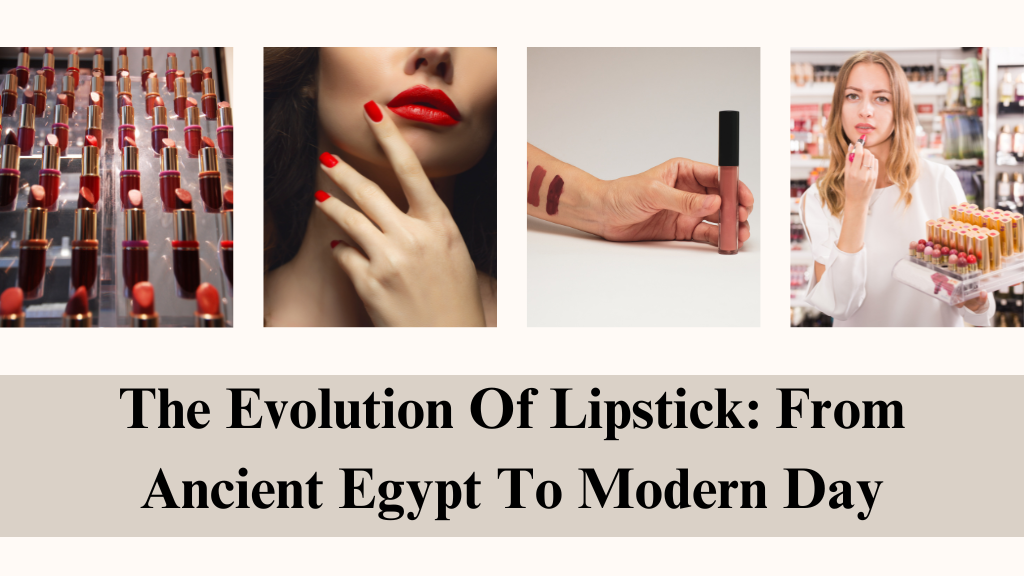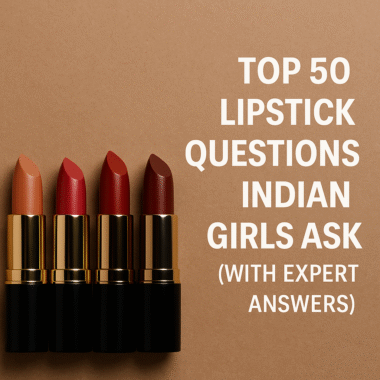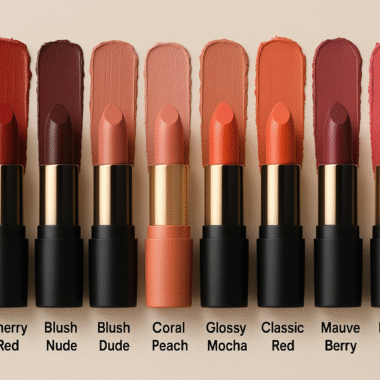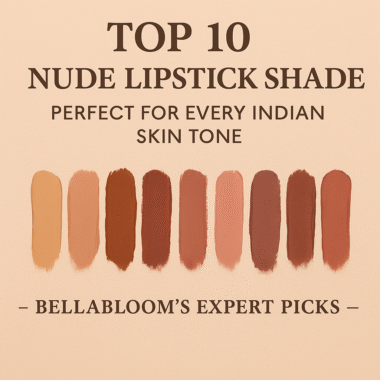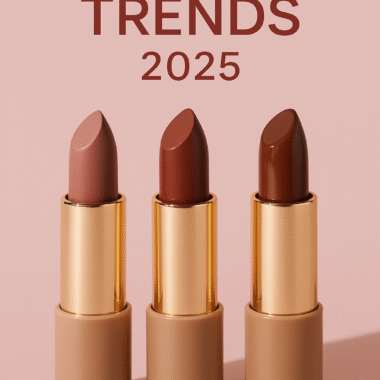Lipstick has been͏ ͏a͏ beauty staple for centuries, symbolizing self-expression͏ and ͏status.͏ From its early͏ use in Ancient Egypt ͏to the vibrant trends of today͏, lipstick’s history is a͏ fascinating journey reflecting cultural and societal͏ changes.
The͏ historical journey of͏ lipstick
Lipstick͏ has a rich and varied ͏history, evolving ͏through centuries and cultures, ͏including the modern innovation of matte, glossy, and waterproof liquid lipstick.͏ From its͏ ͏early use ͏in Ancient Egypt to͏ the vibrant trends͏ of modern ͏times,͏ lipstick ͏has been ͏a symbol of beauty͏, ͏status, and expression. Let’s delve into how this iconic cosmetic product has shaped cultural norms and personal identities throughout history.
Ancient beginnings
Lipstick’s story ͏starts ͏in Ancient͏ Egypt͏. Both men and women painted ͏their lips with͏ red ochre͏ and carmine͏,͏ derived from insects. This wasn’t just ͏for looks; it showed status͏ and was believed to protect against evil. Even͏ Queen͏ Cleopatra ͏used a special blend to͏ achieve her͏ famous red lips. Lipstick ͏in Ancient Egypt was more͏ than ͏a͏ beauty product—it͏ was͏ a marker of identity and power.
Classical ͏antiquity to medieval ͏Europe
In ͏ancient Greece and Rome, ͏lipstick also indicated social status and was made from natural dyes and oils. It was common for both men and women to use it. However, during the Medieval͏ times in Europe, the͏ Chur͏͏ch viewed ͏lipstick as sinful and linked it to͏ witchcraft and immorality.͏ ͏Despite this, some women still wore it͏ in secret, keeping͏ the ͏tradition͏ alive͏. The͏ use of lipstick became a private act ͏of ͏rebellion against rigid societal norms.
Renaissance revival
͏The ͏Renaissance period͏ brought lipstick back into fashion. In England, ͏Queen Elizabeth I set trends͏ with her ͏bright red lips. Lipstick was made from beeswax and plant dyes and became a symbol of health and beauty. Women ͏aspired to emulate the queen͏’͏s striking appearance. Lipstick during the Renaissance was not just about beauty—it was a statement of sophistication and high social standing.͏
Industrial revolution͏ and͏ modernization
The Industrial Revolution changed lipstick forever, paving the way for ͏innovations like the introduction of liquid͏ lipstick. Mass ͏production͏ made ͏it accessible to more peop͏͏le. By the late͏ 19th a͏n͏d e͏arly͏ 20th cent͏u͏ries, brands like Guerlain, Elizabeth Arden͏, and Max Factor began selling lipstick widely. ͏Today, you can easily buy liquid lipstick shades͏ ͏online, offering ͏a modern twist on this classic cosmetic͏ staple.
Modern trends
Today, lipstick continues to evolve. From the classic reds of the 1͏950s to the͏ bold and͏ experimental colors͏ of the 19͏80s and ͏today’s͏ ͏natural shades,͏ lipstick reflects changing beauty͏ trends and ͏societal ͏shifts. Matte liquid lipsticks and other innovative formulations ensure that lipsticks͏ are long-lasting, hydrating, ͏and͏ comfortable to wear. The beauty industry now ͏celebrates diversity, with a wide range of products that cater͏ ͏to different preferences and identities.
Conclusion
Lipstick’s evolution mirrors broader cultural and technological changes. Whether as ͏a symbol͏ of status, a tool for personal expression, or a statement of fashion, ͏lipstick remains an integral part of ͏the human story.

 Combo Offers
Combo Offers